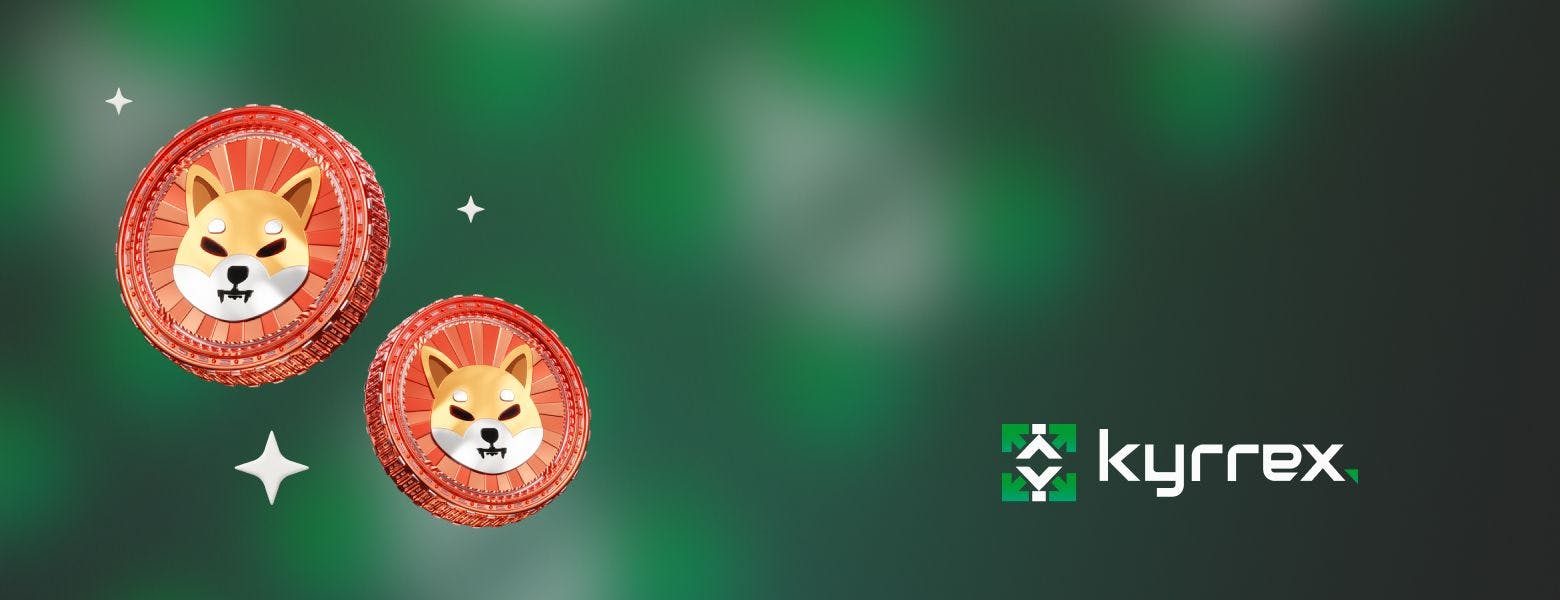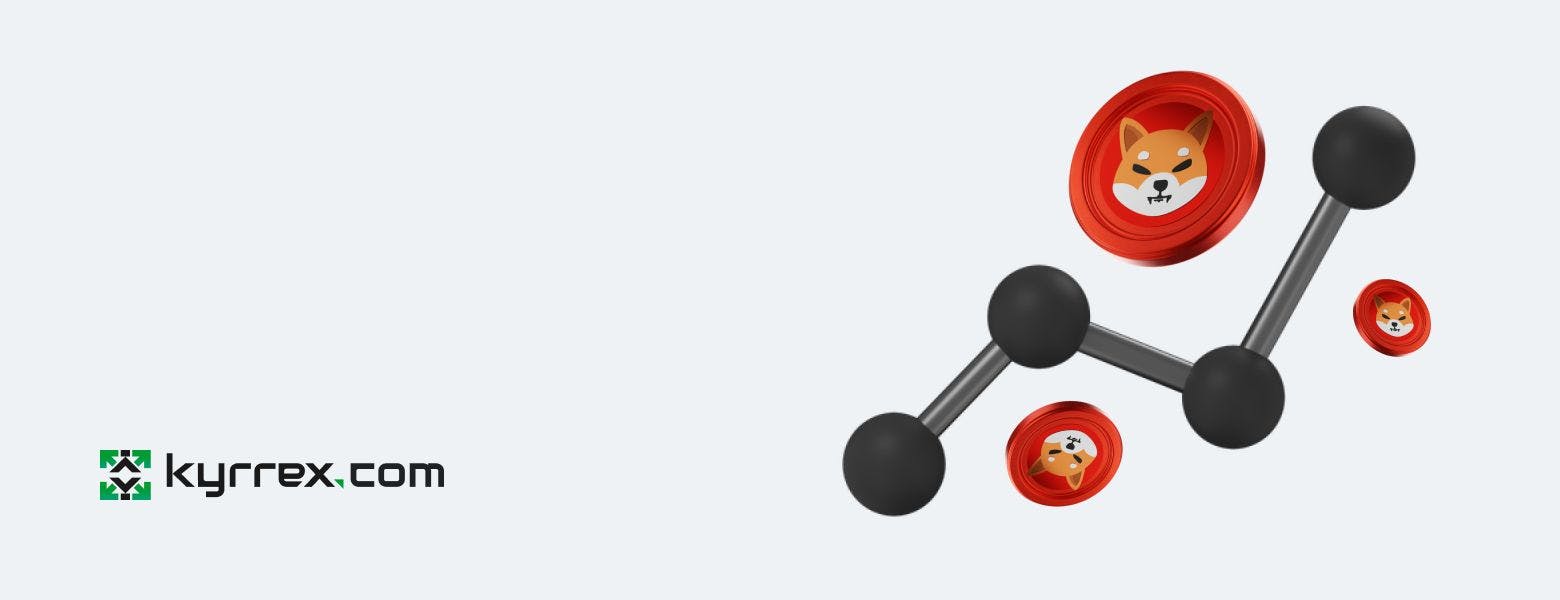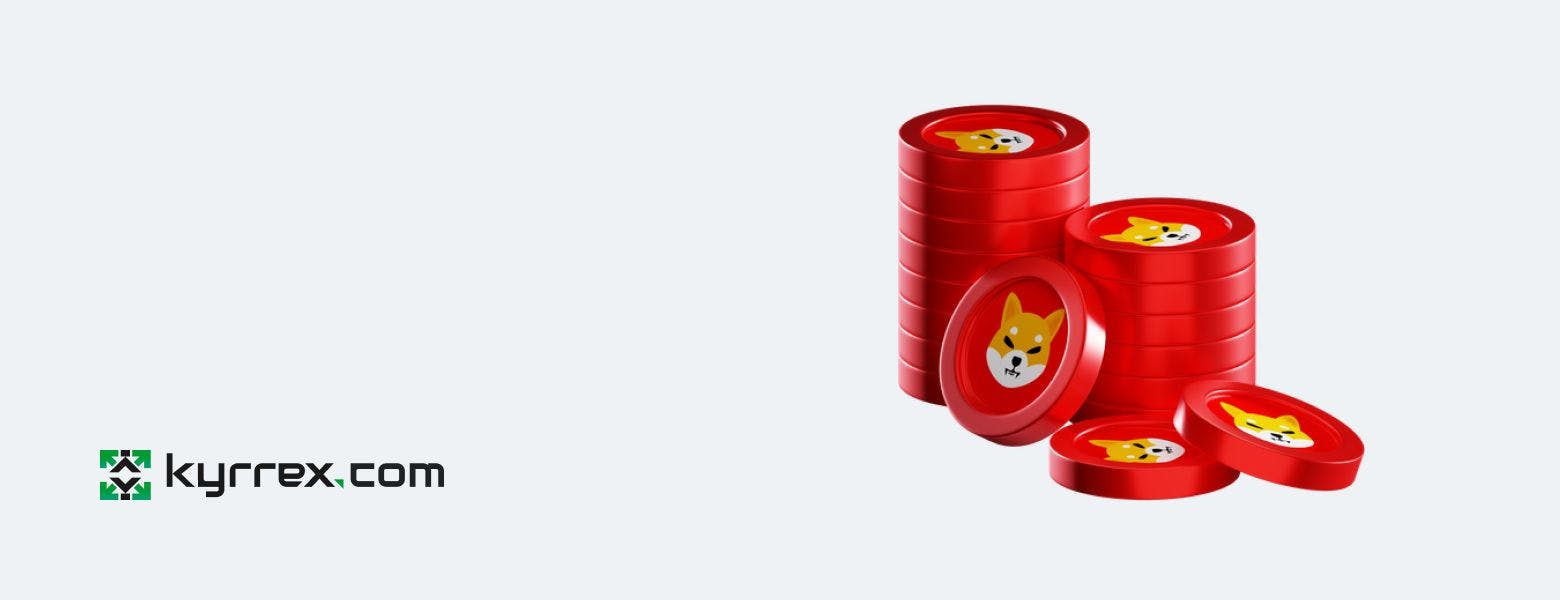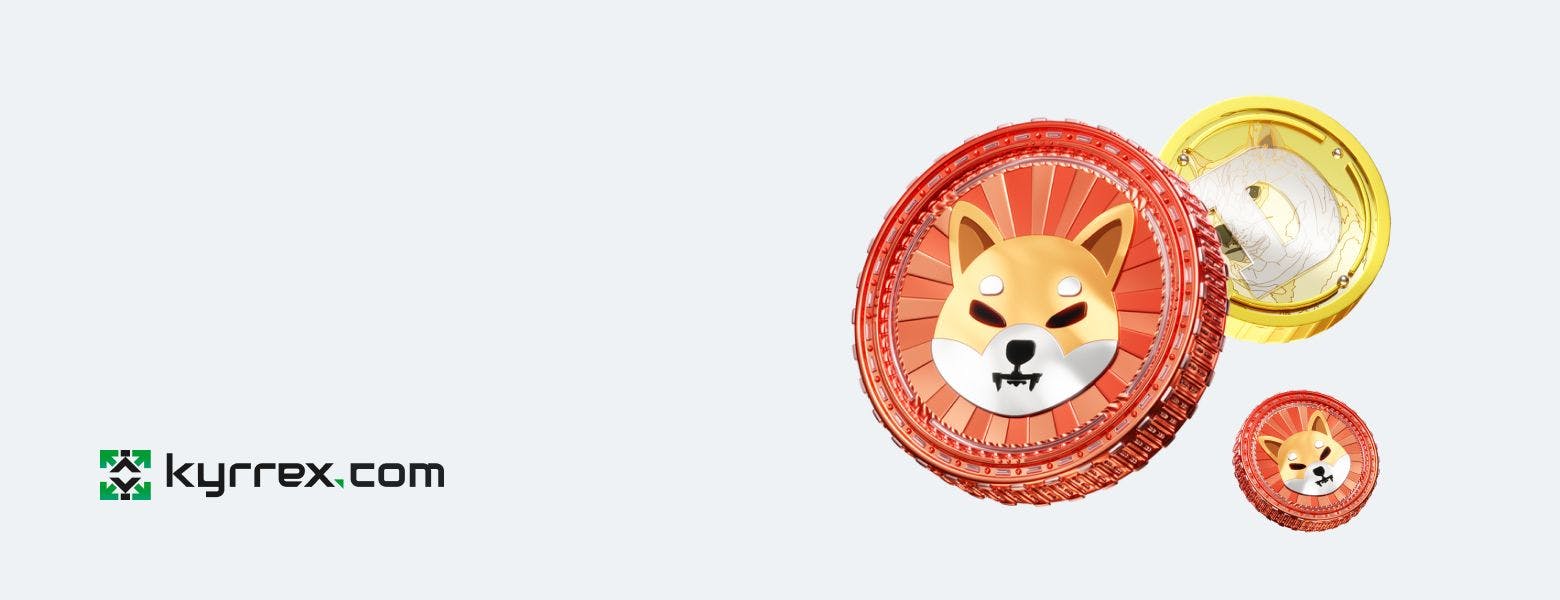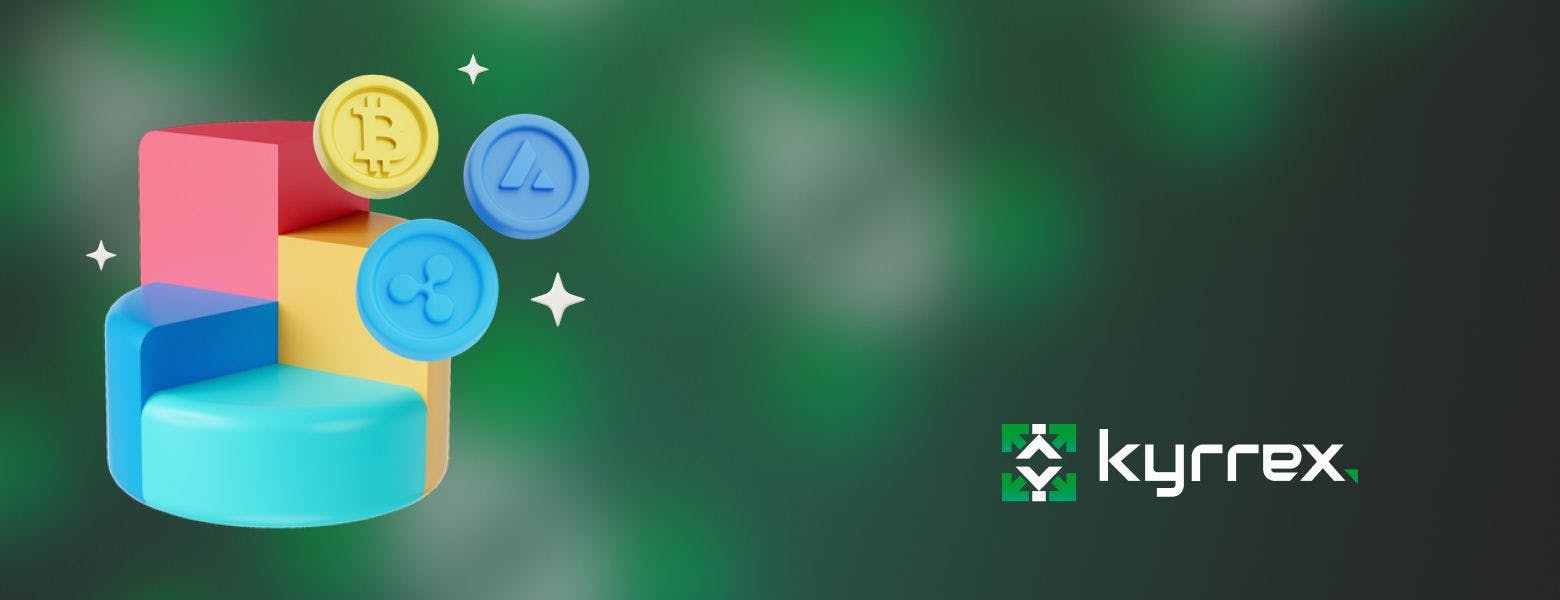
What Is Ethereum?

In the world of cryptocurrency, Ethereum is often mentioned; and if you read crypto news very often, that name rings a bell. It is the second most popular digital currency after Bitcoin. In terms of market capitalization, it is the 2nd largest after Bitcoin. However, many questions and misconceptions about what Ethereum needs clarification. This article offers satisfying answers.
Call it a digital platform of its own, call it a personalized blockchain network, you’re absolutely right! Ethereum is blockchain-based, it is decentralized, and it is a network with its own digital currency known as the Ether or ETH for short. Users can perform transactions, store up assets, trade cryptocurrencies, make and receive payments, and do so much more with Ether.
When a transaction is complete on the network, it cannot be changed or reversed, making this record available to every connected user. Since you don’t need to visit any bank, how will you store your Ether? You will need a digital wallet, which is usually an App that you need to download on your computer or your smartphone. You store your tokens in this wallet. When you have an active digital wallet, you can initiate transactions, send Ether tokens to another person’s digital wallet, and you can receive Ether.
The interesting part is that when one computer or connected node goes down, it does not affect the network in any way because the same ledger is available to every connected node. This makes Ethereum platform smart because no one can spend coins they don’t own, nobody can undo any transactions, everyone can view every transaction history, and the network is immune to cyber-attacks.
Ethereum is unique because, unlike other popular blockchain platforms, the technology used in designing this platform clearly shows it has different goals and features. However, other questions includes, how does Ethereum differ from Bitcoin? What is cryptocurrency (Ether) and how is it mined?
We have compiled a list of things to know about Ethereum as well as what to watch out for soon. But first, let’s check what is the difference between Bitcoin and Ethereum?
What is Bitcoin?
The first digital currency, Bitcoin, was created sometimes in 2009 and it was created to break the chains of restrictions associated with transaction that are tied to a central server. All transactions are to be made public and they will be available at the same time to thousands of connected computer users known as ‘nodes.’
Transactions are made too using BTC coins. Initially, not all stores accepted cryptocurrencies in place of goods and services. But after some time, many stores have now approved Bitcoin as a means of payment. The same can be said of Ethereum’s acceptance as an approved means of payment. Buy Bitcoin (BTC) now!
So, how do you keep your bitcoins? It is done pretty much the same way you keep ETH. You will need an online wallet too. Since it is a public ledger, no one can spend coins they don’t own, no one can undo any transactions, everyone can view transaction history, and it is immune to cyber-attacks.
Because of the obvious similarities between Ethereum and Bitcoin, it is also important to note how they differ from each other.
What Makes Ethereum Different from Bitcoin?
Although they are both digital platforms, their major difference is their goal. Bitcoin was created to offer an alternative to traditional currencies, making it an alternate medium of transaction or an alternate way to store assets. Ethereum on the other hand was designed for a different purpose.
Ethereum was created to Ether is used to facilitate and monetize contracts are facilitated and monetized through its currency, the Ether. Comparing the two digital currencies is like comparing Dimond and Petroleum. Although they are both innovative but they are not meant for the same purpose.
But because of their popularity and close market capitalization, traders, as well as investors, have pushed ETH and BTC into a perceived competition.
Although there are other differences in terms of how new blocks are created, how they are mined, and so on. But for now, let’s focus on answering some questions about Ethereum.
What Is the Ether (ETH)?
As earlier mentioned, ETH is the currency used to settle transactions on the Ethereum platform. It is how you pay for anything done on the network. It is like a virtual currency that can only be used online. Unlike normal money that we spend daily, you can send Ether directly without any intermediary like a bank, and it can be securely sent anywhere, anytime, and to anyone.
Ether can be purchased in fractions; since ETH can be divided into 18 decimal places, you don’t necessarily have to buy it in whole at once. You may also use the ETH as a down payment for generating new coins on the platform.
What is Ether Used for?
Ether or ETH is the basis for creating and running applications on the Ethereum network. As mentioned above, users can pay for transactions with it.
Additionally, it is used to pay for computational services Ethereum on the network. When developers write smart contracts that support the network, they are entitled to some coins. Thus, receiving, holding, and even sending ETH becomes possible.
In terms of computational power and the time it takes to complete it, no two actions on the Ethereum network are the same. The higher the computational power and time, the higher amount of ETH needed for the action to get it done.
How Is Ether/Ethereum Mined?
First, it is good to know why mining Ether is necessary. It is through this process that new coins are created. Mining also helps to maintain the decentralized public ledger that blockchain is.
Miners usually run computer programs that aim to solve millions of mathematical equations. They also have to compete with other miners with the same purpose all over the world. The first miner to successfully solve the equations would have verified a block. This miner is then awarded two new ETHs as well as a transaction fee for their effort. On average, new ETHs are created once every 13 seconds. Every second, some 600 trillion mathematical operations are happening on the Ethereum network.
You can also mine Ether through a custom mining rig that consists of a motherboard, a compatible operating system, GPU, computer memory, and of course a power supply. With this functional rig, you can perform more mathematical operations (27 million) every second.
You can also join a mining pool that allows you to share resources with other miners from across the world.
How to Use Ethereum Wallet
To own Ether coins, you need an Ethereum wallet to hold or store it. Once you have followed the steps above and created a digital wallet, you must understand how it works. Your Ethereum wallet contains your ‘public key’ and ‘private key’ that is made up of case-sensitive numbers and letters.
Your Public Key is what you give to someone who wants to send Ether coins to you. What must not be shared is your private key. It is more like your PIN or Password that allows you to authorize transactions from your bank account. When initiating any crypto transaction, you will need this key to authorize the deal.
If you must write it down, it must be done discreetly such that it is not unintentionally revealed to unauthorized persons.
How to Buy or Sell Ethereum
Once your Ethereum wallet is ready, you need to search for a reliable cryptocurrency trading platform or exchange. Even though a simple Google search can help you identify available crypto exchanges, it will be better to choose carefully because everyone’s trading needs differ.
Understand that some exchanges may allow you buy cryptocurrencies with normal cash, while some may only allow crypto-to-crypto transactions. Also, not all cryptocurrencies are supported by some exchanges. For beginners, choosing an exchange that allows substituting fiat currencies for buy cryptocurrency is the best. Old-timers and seasoned crypto investors have found having multiple accounts with several exchanges can be beneficial.
When you find an exchange that best suits your needs, create an account. Be prepared to supply some personal information like name, address, any available means identification, and social security number if available. The requirement may differ from one country to another. You may be required to upload these documents after which your account with them will be verified.
After that, you’ll be required to deposit some money to buy Ether coins. On the exchange’s web page, you will see where you can add your debit card or your account number from where you can authorize such payment. Is there a minimum amount required to buy Ethereum? Remember that Ethereum can be bought in fractions.
How can you sell your Ethereum?
On the same exchange platform, check the market value of the Ethereum before you decide to sell. If you still decide that you want to sell it at this point, just confirm the transaction and click on the ‘sell’ tab.
When Should You to Invest/Cash Out Ethereum?
Ethereum’s volatility plays a major role for smart investors when investing. The best time to invest is when the price falls with the hope that when the price goes back up, you cash out Ethereum. This helps you make profits and invest more.
Buy Ethereum with Kyrrex crypto excexchange platform.
As a general rule, it is best to invest smaller amounts if you are a beginner. However, once you make a few profitable investments, you may increase your stake.
How Long Does It Take to Send Ethereum?
Before a transaction is completed, several confirmations are needed. The faster these confirmations are done, the faster it takes to send Ethereum. However, since it takes an average of 16 seconds to complete one confirmation, it will only take a few minutes to send Ethereum.

